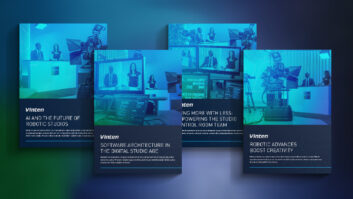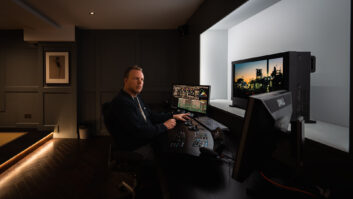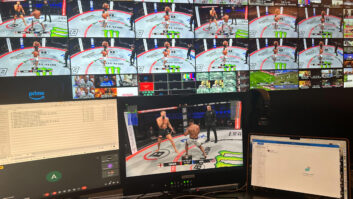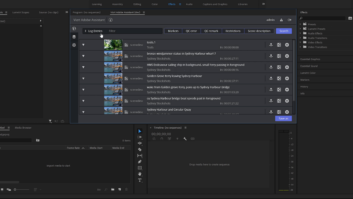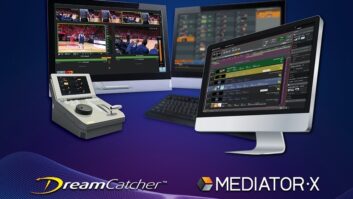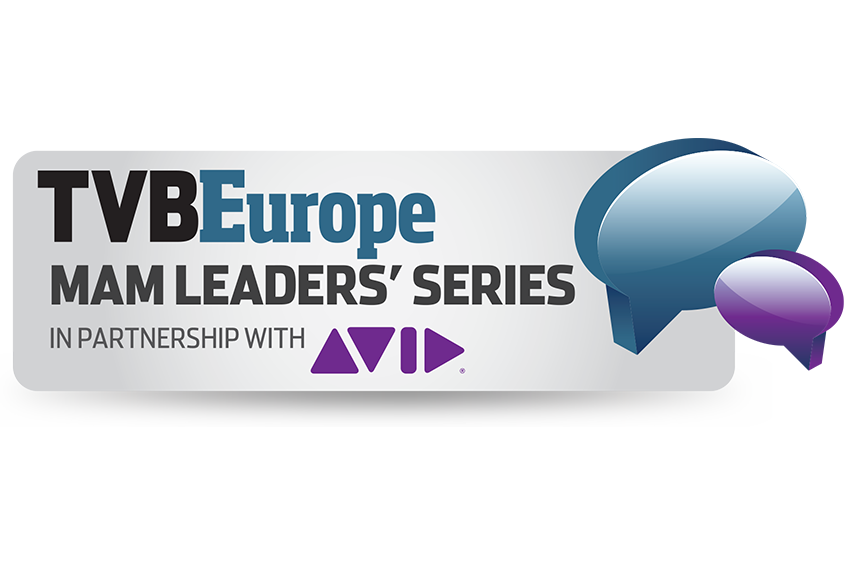
The TVBEurope MAM Leader’s Series, in association with Avid, is an exclusive new thought leadership initiative comprising a series of roundtables, interviews and regular blogs from the industry’s leading authorities. Focusing exclusively on asset management, the Leaders’ Series will be a regular fixture throughout 2015, and was officially launched at a dedicated roundtable event at The Shard, London, on 5 March. We begin our series with an article written by Jouni Frilander, portfolio manager, media systems technology and development at Finnish broadcaster, Yle.
The evolution of the MAM environment, and the key drivers for change
The most important driver of development efforts over the past six years has been the move towards a completely file-based environment. With television playout having been file-based since the1990s, in 2008, Yle introduced an interface between playout automation and our central MAM system. Since 2010, technical development of our central MAM has been kept moderately slow, with more effort being put towards integrating MAM with other systems, such as a translator portal for managing the production of subtitles and the content exchange systems of Nordic public broadcasting companies.
The main focus of our current development is the automation of processes inside the central MAM and the introduction of workflows that enable users to better achieve their business goals in production-related MAM systems.
Yle’s first MAM was the archive cataloguing applications that we used to manage music recordings as well as radio and television programmes on analogue and digital tapes.Our second MAM system, ‘Production Asset Management’, was introduced in 1993 when Yle started to use computer aided radio systems in radio production. This was followed by file-based production systems for television news in 2005 and weekly television productions in 2009.
A third type of MAM, ‘Digital Asset Management for archives’, was first introduced in 1994 when Digital Photo Archive was taken into use, with our Digital Radio Archive system launching in 2001. Further development was made in 2008 when our current MAM system’s predecessor, media archive®, was taken into use as the MAM system for television and radio. At this time, it became the central MAM system at Yle. Two years later, the system was expanded to our photo archive and today, our main MAM deployment is Avid Interplay.
Next steps

Yle will introduce the next generation of workflows that enable us to launch processes inside the central MAM from external systems like the WHATS’On scheduling system, which could automatically initiate processes such as “send browse proxy of media file and related metadata to translator portal”, “check if audio loudness value of Finnish language stereo sound is known and initiate audio loudness analysis if not”, or “prepare programme for web publishing by creating h.264 copy of the original media file and sending it to web CMS for publishing”. All abovementioned processes could be automatically launched based on certain criteria such as when a new publishing date is assigned to a programme.
In production-related MAM, Yle plans to put into practice workflows that allow us to collect content description metadata throughout the production process as well as automating music reporting to rights owners by interconnecting central MAM and production systems.
Another development theme for production systems is to develop quicker-than-present workflows for producing video content for web and television, and allow mobile devices and lightweight cameras to be used when shooting material. The critical success factor of this development is to be able to optimise processing and asset management of video content in such a way that all parties within the production process can use material produced at Yle in a quick and easy manner.
The modern broadcaster’s MAM expectations
In a broadcast company like Yle, which produces, buys, publishes and archives content, the MAM will become the centre point for all media-related operations. All media is either processed in MAM or collected into MAM for further use and preservation.
Processes related to programme acquisitions are organised around MAM, scheduling systems and rights management systems; thus, these systems must effectively talk to each other.
In the case of Yle, content production takes place in production systems like Avid Interplay PAM: production materials are not stored in MAM but are managed in production systems, and only the final result and its different versions are stored to MAM for publishing and archiving purposes. In the future, our production systems and MAM will increasingly process and enrich the same metadata (e.g. content descriptive metadata), and their integration will become tighter.
Publishing audio visual content to the web has become a must for broadcasting companies and this also poses new demands for MAM. If the same content is published on the web and on television, the media file is typically available in the MAM system hours, days, or weeks before publishing takes place: thus, the same original media can also be used for web publishing. However, some preparations, such as transcoding media to web format and preparing subtitles, need to be done before making content available to the web publishing system. In an ideal situation, all these preparations can be done in advance meaning that content will be ready for web publishing at the same time it is published on television.
In general, one could say that MAM-related services and processes take place in a number of different systems around MAM, and the processes should be well automated and integrations between systems flexible. Data models need to be well considered, too, since it must be clearly defined which system is the master system for each piece of metadata.
In today’s broadcast environment the business needs can change rapidly, thus, MAM needs to be flexible and able to react to these changes too.
One aspect of becoming more flexible is the ability to use cloud-based services in accordance with one’s MAM system. Some MAM-related operations, e.g. programme acquisition, can be ‘bursty’ in nature, and it can be more cost-effective to implement related services like video transcoding, automated QC, and storage as cloud services, thus reducing costs related to owning and running hardware which might do almost nothing between the moments of peak load.
The file-based domain is expected to enable more flexible and efficient operations than in the tape-based domain. However, while organisations typically use very few types of video tapes for all operations, in the file-based domain, it is easy to find yourself in the situation where different types of processes require different video formats. At Yle, we use five different video formats in our production systems and if one takes into count special formats used while shooting video or different formats met in international programme acquisitions, the number of formats goes up notably. This effectively means that one needs to develop proper practices for managing video file formats and video codecs, and one’s MAM system needs to be format agnostic so that it can process most common video file formats and store almost any format.
From an archiving point of view, MAM needs to guarantee the integrity of the media files being stored and enable automated migration from present storage mediums to future ones.
File sizes seem to be growing on regular basis; HD needs a lot more data than SD, and 4K is already knocking on the door. For a typical broadcaster, 4K will most probably first appear in cameras and post production but the next step might be to introduce 4K in your MAM system. It remains to be seen what kind of role 4K will play in traditional television broadcasting but it seems to be already present in VoD services and will most probably make its breakthrough in IP-based delivery platforms.
With larger files, one needs to have more storage, more processing power and more bandwidth in network connections. Organisations that store large amounts of data may need to take into consideration how often content is accessed and introduce different tiers of storage in order to keep operations cost effective.
Quantifying the benefits of MAM
When the development project for Yle’s central MAM system was launched in 2005, we introduced some goals for accelerating different tasks, gaining savings in maintaining video tape recorders and buying less video tapes, and saving in the number of staff, but these were not measured in a comprehensive way. Instead, the main motivation for the central MAM was to make our archive and media operations completely file-based; part of our content production was already file-based and rest of it would move to file in a few years.
Part of my present job is to develop ways for measuring the use of our existing media systems and benefits that we expect to gain with new investment. In the future, I expect us to pay attention to the ease (and costs) of automating MAM-related processes, cost-efficiency of storage space used in MAM, how well MAM can help us to collect metadata during the production process, and end user satisfaction; i.e. how well MAM serves the needs of our users.
Currently, our main MAM deployment is the Avid Interplay MAM system. This is used as Yle’s central MAM system for television programmes and their cataloguing information, radio programmes, music recordings, sound effects, and photo archiving. Avid Interplay MAM plays a vital role in our media operations.
Schedule your 1:1 discussion with one of the MAM Avid Solution Specialists


